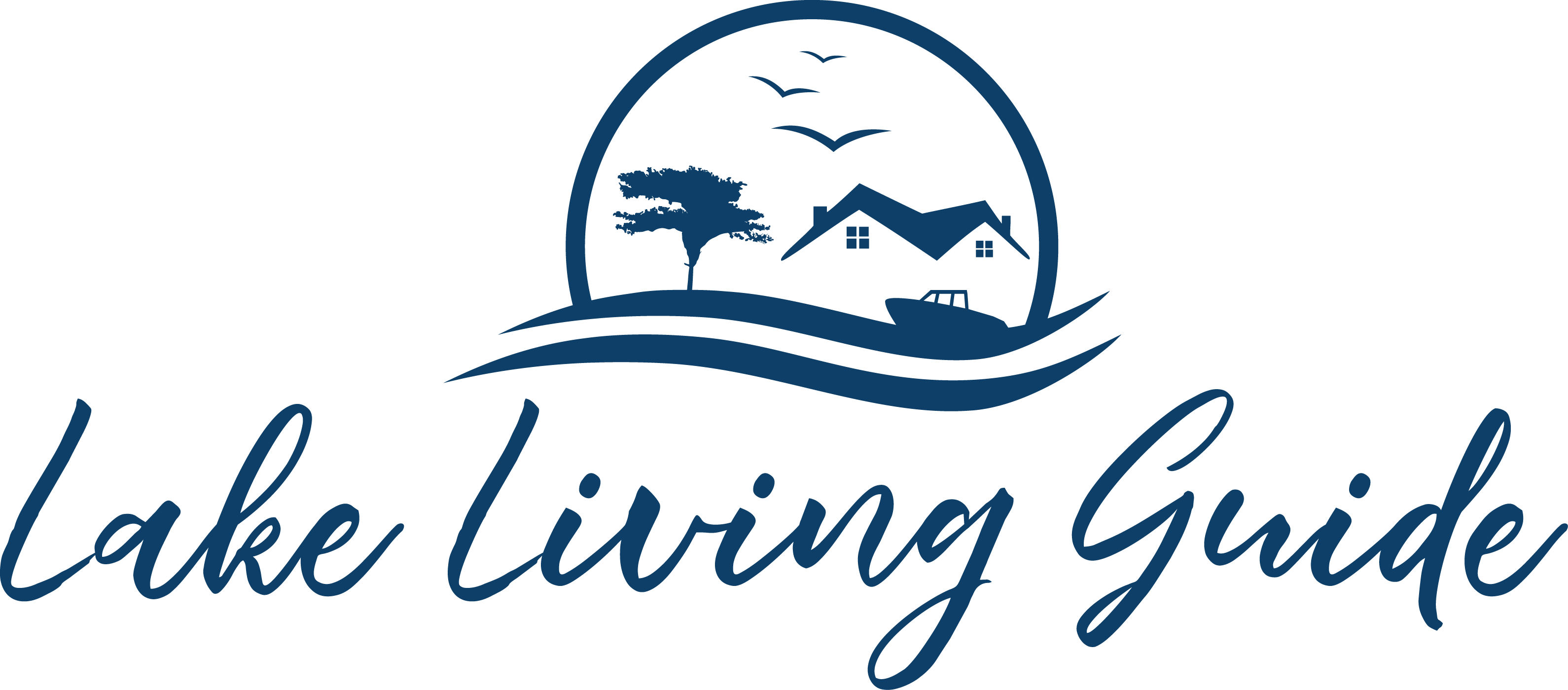
Do Property Lines Extend Into The Lake?
If you want to buy, or already own, a home on a lake, it is crucial to know how far your property rights extend into the water or if they even do.
Knowing just where your property lines are and determining if there is encroachment to your property will save you a hassle if you (or others) build a dock, build a boat house, or have a plethora of water toys.

Table of Contents
What Does The Law Say About The Extension Of Property Lines Into The Lake?
We have looked into just what the law says about property lines on a lake and will share with you what we found out.
In researching the answer to the question, if property lines extend into the lake, we found that in the United States, the right to the use of surface waters is generally governed by state law. Each state, therefore, has its own set of rules and regulations.
If you want to check the law in your state, you will need to contact your state’s water office, and here is how to contact them: List of State Water Offices.
How The United States Looks At Water Rights
Generally, the management of water resources in the U.S. has looked at surface water and groundwater as two different entities for regulations. While the water might be part of a connected system, it is regulated based on its source.
Breaking it down even further, water law involves itself in three main concerns. The first is the balance between public rights and private rights to use water.
The second is the relative rights of individual water users. This is where the law that would concern your lake house and your right to put up a dock or boathouse on the water would come into play.
The third area of concern is water quality and the regulation of discharges to water.
As was mentioned before, in the United States, water allocation is governed by each state with little input or intervention on the federal level. The federal government steps in with regard to water quality, governed primarily by the Clean Water Act.
Private Surface Water Rights
When it comes to your lake house and your rights to use the lake’s surface waters, as stated before, that is governed by state law. The U.S. uses three different allocation systems to determine the rights of a private person regarding water.
Depending on where you live, your state might use the riparian doctrine, which has been applied mainly in water-abundant eastern states. In western states, the system of prior appropriation of the “first-in-time, first-in-right” system is favored.
There are also a handful of states that will use a hybrid of both the previously mentioned doctrines.
Legalese is usually not anyone’s favorite manner of speaking, but there is no getting around it in regard to water rights. Here is a more detailed look at the three allocation systems used by states to govern private water rights.
The Riparian Doctrine
This doctrine limits the use of water to those landowners with riparian land. The definition of “riparian” is “related to or living or located on the bank of a natural watercourse.” To be classified as a riparian landowner, a person must own the parcel of land adjacent to the water.
This could be a river, a stream, a pond, or a lake. If the landowner has plans to use the water, the water can only be put to reasonable use.

Reasonable Use of Water According To The Riparian Doctrine
While the riparian landowner has the right to make reasonable use of the water, they can only use the water as long as it does not interfere with the reasonable use of another downstream riparian landowner.
According to this definition of “reasonable,” that is determined by comparing the proposed use with the uses of other riparian landowners.
You will already be able to see that this could get sticky at times, depending on the uses that your lake house neighbors might have in mind.
The Prior Appropriation Doctrine
This particular doctrine dates back to miners that settled the west and needed water sources to develop their mines.
There is not an abundance of lakes and rivers in Western states as in the eastern states, so the riparian doctrine would not apply in most situations.
Those early miners used the “first-in-time, first-in-right” system. The doctrine is much like it sounds, where the first user had the right to continue using the water source and to exclude those who came later.
The most senior appropriator would have the highest priority for water usage. Hence, those people who came “prior” have the most rights in regard to water use.
Three Requirements For The Prior Appropriation Doctrine
This doctrine will vary somewhat from state to state, but there are three general requirements.
First, the appropriator must intend to use the water for beneficial use. Second, the water must be diverted from a natural course. Third, the water then needs to be applied to the stipulated beneficial use.
In this case, a beneficial use can be for domestic, municipal, agricultural, industrial, or recreational use, like the uses a landowner near a lake might employ.
Hybrid System of Doctrine For Water Rights
A few states, like California and Oklahoma, have a hybrid allocation system. Aspects of both the riparian and the prior appropriative methods come into play. There is not a uniform system for hybrid states, but they do contain elements of both doctrines.
The Importance Of Knowing Your The Boundaries of Your Riparian Bottomlands
The original question of whether or not property lines extended into lakes seemed pretty straightforward. You will want to know this if you have concerns about the dock your lake house neighbors are building.
You definitely want to know that if you are putting it in your dock. Or maybe you have a fun new water toy that requires extra space.

The logical thought is that if you follow your property lines’ angles into the lake, you will know what the correct property lines are, and therefore your property rights.
The truth is that the angles of your onshore property lines have nothing to do with your bottomland (land under the water) apportionment.
Depending on the state you live in, the state will equitably appropriation riparian rights to the respective lakefront property owners.
Some states will use the amount of lake frontage (not acreage) to determine this. And each state will have its own method of determining how and where your property lines extend into the lake you live on. Here again, is the link to the List of State Water Offices.
In Conclusion
Lake living can be peaceful and relaxing. If you own a lake house or are thinking of purchasing property on the water, please don’t assume that the property lines naturally extend into the water.
Consult with your state’s water office to see how that ownership is calculated, and then, if necessary, get the services of a surveyor experienced in riparian bottomland surveys.
This will save you potential headaches down the road, and knowing just what your ownership rights are will keep your lake living peaceful and relaxing.





